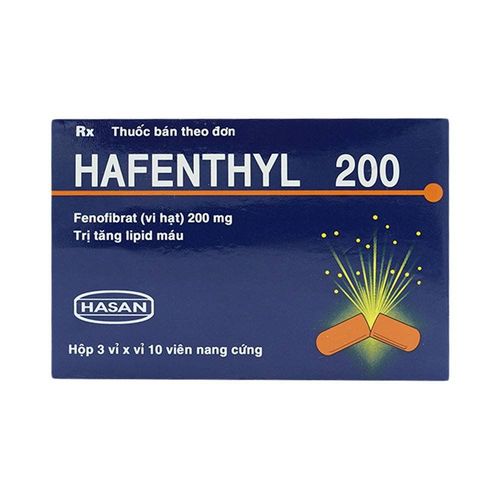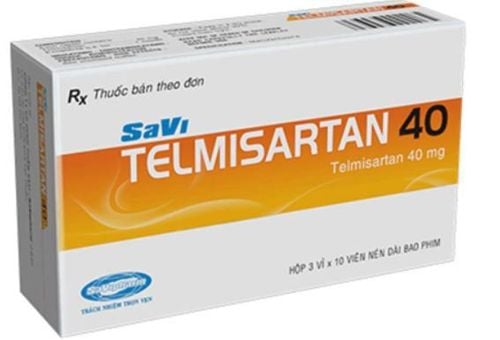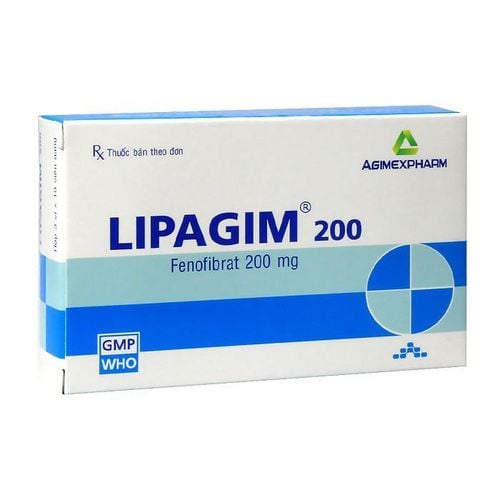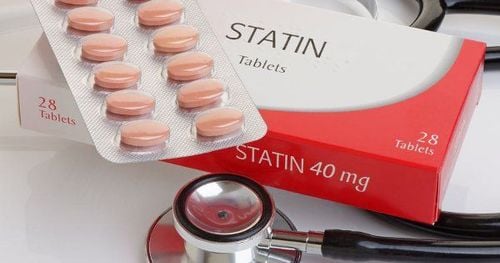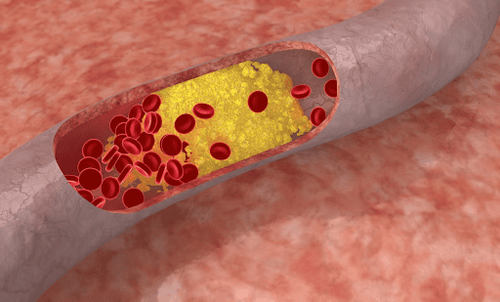This is an automatically translated article.
Gemfar is a prescription drug, belonging to the group of cardiovascular drugs, containing the main ingredient is Gemfibrozil, 600mg content, film-coated tablet dosage form, packed 10 tablets in 1 blister. The drug is indicated in mixed dyslipidemia, increased levels of blood triglycerides type IIa, IIb and IV, primary prevention of coronary heart disease, myocardial infarction in people with hypercholesterolemia... So Gemfar is effective. How to use it and how to use it in clinical practice to get the most effective?1. What is Gemfar?
The content of the main ingredient in the drug is 600mg gemfibrozil, along with other excipients. This is a drug belonging to the cardiovascular group, with the effect of lowering blood fat, treating dyslipidemia, and preventing cardiovascular diseases. Gemfar is used to treat dyslipidemia of the fibrates group. The drug has been shown to be effective when patients take a single daily dose. The drug works very quickly to reduce the levels of triglycerides: total cholesterol, LDL cholesterol and at the same time increase the HDL cholesterol index, thereby improving the distribution of cholesterol in the blood plasma in a beneficial direction.
2. Indications and contraindications of Gemfar
2.1. Indications Gemfar is indicated in the following conditions:
Primary prevention of coronary heart disease and myocardial infarction in patients with hypercholesterolemia, mixed dyslipidemia or hypertriglyceridemia respectively, types IIa, IIb and type IV according to Fredrickson's classification. Treatment of other dyslipidemia: Dyslipidemia of type III and dyslipidemia of type V.
Dyslipidemia associated with diabetes.
Patients with yellow tumor have dyslipidemia.
The drug is indicated as an adjunct to diet for the purpose of reducing the risk of coronary heart disease in patients with group IIb with 3 disorders: low HDL cholesterol, 2 high LDL cholesterol and high triglycerides . 2.2. Contraindications Do not use Gemfar in the following cases:
Patients with allergies, hypersensitivity to gemfibrozil and other excipients. Patients with impaired liver function, severe renal function, pre-existing gallbladder disease. Concomitant use of Gemfar with cerivastatin is contraindicated.
3. Usage and dosage of Gemfar
How to use: Gemfar is taken orally. For the drug to be most effective, the patient should take the tablet half an hour before the main meal with a full glass of water.
Dosage: The drug is prescribed according to the dose, the patient should not change the dose on their own, please follow the instructions from the doctor. Or patients refer to the recommended dosage from the manufacturer as follows:
Average dose: dose from 900mg to 1200mg, divided into 2 times before breakfast and dinner during the day.
The maximum daily dose is 1500mg, used when prescribed by a doctor.
Overdose: Symptoms of an overdose with Gemfar include abdominal pain, frequent bowel movements, nausea or vomiting. Treatment of gemfibrozil overdose is symptomatic and supportive. In case of acute overdose of Gemfar, the patient should be taken to the nearest medical facility, treated to clean the stomach immediately by inducing vomiting or gastric lavage.
4. The unwanted effects of the drug Gemfar
During the use of the drug, clinical trials found that undesirable effects occurred, not exceeding 1.3% of patients. The undesirable effects when patients take Gemfar include:
Gastrointestinal disorders: common symptoms such as nausea, vomiting, dyspepsia. Allergic skin reactions such as maculopapular, red acne, urticaria, ... Blood tests show increased transaminase index and bilirubin index. Patients should be monitored for liver function when using lipid-lowering drugs. These disorders will gradually disappear when the patient stops taking Gemfar. Blood tests showed a slight decrease in hemoglobin, hematocrit, white blood cell counts in the early stages of drug use, very rarely symptoms of severe anemia, leukopenia or severe thrombocytopenia and marrow failure. If the patient is on long-term use of the drug, the blood count should be checked periodically in the first 12 months.
5. Notes when using Gemfar
Notes when patients use Gemfar drugs include:
Drug interactions: Like other therapeutic drugs, drug interactions when using Gemfar may be encountered clinically. Gemfar drug interactions with drugs, the following drug groups: anticoagulants, HMG CoA reductase inhibitors, drugs that cause bile agglutination such as colestipol... if you are using the above drug groups to minimize drug interactions. The drug may increase the excretion of cholesterol into the gallbladder, leading to an increased risk of gallstone formation. If gallstones are suspected, tests of the gallbladder should be ordered. If the patient is found to have gallstones, the drug should be discontinued. Cases of severe myositis with elevated creatine kinase and myoglobinuria (rhabdomyolysis) have been reported in patients receiving concomitant treatment with HGM CoA reductase inhibitors (statins), particularly is cerivastatin. Caution should be exercised when Gemfar is used with anticoagulants. The dose of anticoagulants should be reduced to maintain the desired steady-state prothrombin time. Patients should be monitored prothrombin time regularly until this index stabilizes. Do not use Gemfar blood fat reduction medicine for women who are pregnant or suspected of being pregnant, women who are breastfeeding. Patients who need to focus on driving, participating in traffic, and operating machinery can use Gemfar. Above is information about Gemfar drug. Drugs are effective when used correctly, in the right dosage, and when the patient adheres to the treatment. Patients should not arbitrarily use, stop or quit the drug. If you have any questions or concerns about Gemfar, please consult a qualified pharmacist/physician.




